
What Your Feet Are Telling You

Your feet may not be the first place you look for signs of illness—but they should be. From subtle changes in skin texture to persistent swelling, your feet can whisper—or even scream—critical clues about your overall health. Ignoring these signs can delay early diagnosis of serious conditions like diabetes, heart disease, or autoimmune disorders.
Here’s a comprehensive, expert-backed breakdown of the key warning signs your feet may be sending—and what they might mean.
1. Hairless or Bald Toes
What to look for: Lack of hair growth on your toes or feet, even where there used to be some.
What it could mean:
-
Poor circulation, often due to peripheral artery disease (PAD) or arteriosclerosis
-
Reduced blood flow, which may also cause weak or absent pulses in the feet
-
In men, sudden hair loss in this area can be an early vascular warning
Why it matters: Healthy blood circulation is necessary for skin, tissue, and hair growth. If blood isn’t flowing well enough to support hair follicles, it’s not reaching other vital areas either—like your muscles and nerves.
2. Persistent Sores or Ulcers
What to look for: Cuts, blisters, or open wounds that don’t heal within a couple of weeks.
What it could mean:
-
Diabetes-related neuropathy, where nerve damage impairs healing and sensation
-
Skin cancer, such as melanoma, which may appear as a stubborn lesion
-
Vascular disease, which reduces blood supply to the feet
Why it matters: Chronic wounds are not just painful—they're dangerous. In diabetic patients, unhealed foot ulcers are the leading cause of amputation. Timely medical care is crucial.
3. Swelling or Puffiness
What to look for: Ankles, feet, or legs that remain swollen even after rest or elevation.
What it could mean:
-
Heart failure, where fluid builds up due to poor cardiac output
-
Kidney or liver disease, which affects fluid balance
-
Venous insufficiency or blood clots
Why it matters: Occasional swelling after a long day is normal—but consistent puffiness is not. It may signal that your heart, kidneys, or veins aren’t functioning properly.
4. Cold or Discolored Feet
What to look for: Feet that feel unnaturally cold to the touch or appear pale, blue, or purplish.
What it could mean:
-
Hypothyroidism, where a sluggish metabolism reduces blood flow
-
Raynaud’s phenomenon, causing blood vessel spasms in response to cold or stress
-
Peripheral artery disease (PAD)
Why it matters: Cold, discolored feet often reflect poor blood flow. Left untreated, this could increase your risk of ulcers, infections, and even tissue death (gangrene).
5. Cramping or Muscle Spasms
What to look for: Sharp, tight muscle cramps—especially at night or after activity.
What it could mean:
-
Electrolyte imbalances, especially low magnesium, potassium, or calcium
-
Dehydration, particularly in hot climates or after exercise
-
Nerve compression or circulation problems
Why it matters: While occasional cramps are common, frequent or severe episodes may signal nutritional deficiencies, poor hydration, or vascular issues that need correcting.
6. Joint Pain or Enlarged Toes
What to look for: Sudden swelling, redness, or throbbing pain in the toes or other foot joints.
What it could mean:
-
Gout, a painful form of arthritis caused by uric acid buildup
-
Rheumatoid arthritis or other autoimmune diseases
-
Bunions, which can be hereditary but are often worsened by ill-fitting shoes
Why it matters: Ignoring foot joint pain can lead to long-term deformity and reduced mobility. Early intervention can prevent irreversible joint damage.
7. Itchy, Flaky, or Peeling Skin
What to look for: Dry, cracked, or scaly skin—especially between the toes or on the soles.
What it could mean:
-
Athlete’s foot, a contagious fungal infection
-
Eczema or psoriasis, chronic inflammatory skin conditions
-
Contact dermatitis, due to allergic reactions from footwear or lotions
Why it matters: While often dismissed as cosmetic, chronic skin irritation can become infected or point to deeper immune dysfunction.
8. Nail Discoloration or Pitting
What to look for: Yellowing, thickened nails or small depressions ("pits") in the nail surface.
What it could mean:
-
Fungal infections, common in toenails and slow to treat
-
Psoriasis, which can affect nails and joints
-
Iron-deficiency anemia, sometimes causing spoon-shaped or brittle nails
Why it matters: Nail changes often reflect internal health issues. They can also be an early sign of systemic conditions like lupus, thyroid disease, or autoimmune disorders.
Quick-Check Foot Health Guide
Take just two minutes a month to scan your feet using this simple checklist:
✅ Check for changes in color, temperature, and texture
✅ Feel for numbness, tingling, or unusual pain
✅ Look at your toenails for discoloration, ridges, or thickness
✅ Examine the skin between toes for dryness, cracks, or itching
✅ Press gently on your feet—do they stay swollen?
If anything feels off or doesn’t resolve within a week or two, consult a GP or podiatrist. A specialist can detect signs of larger health issues before symptoms escalate.
Final Word: Why Your Feet Deserve More Attention
Your feet carry you through life—quite literally. But they also serve as a mirror of your internal health, often revealing problems before they show up elsewhere.
By taking foot health seriously, you could catch hidden health issues like:
-
Diabetes
-
Circulatory disorders
-
Thyroid imbalances
-
Autoimmune conditions
-
Skin and nail diseases
A monthly foot check is a small step with big health benefits—and it could be the difference between catching a silent disease early or dealing with its complications later.
News in the same category


10 Healthy Sandwich Dos and Don’ts

Medicinal Health Benefits of Garlic (Raw, Supplement) – Science Based

Why You Should Wash Your Face With Apple Cider Vinegar

If Your Feet Swell It Is a Clear Sign
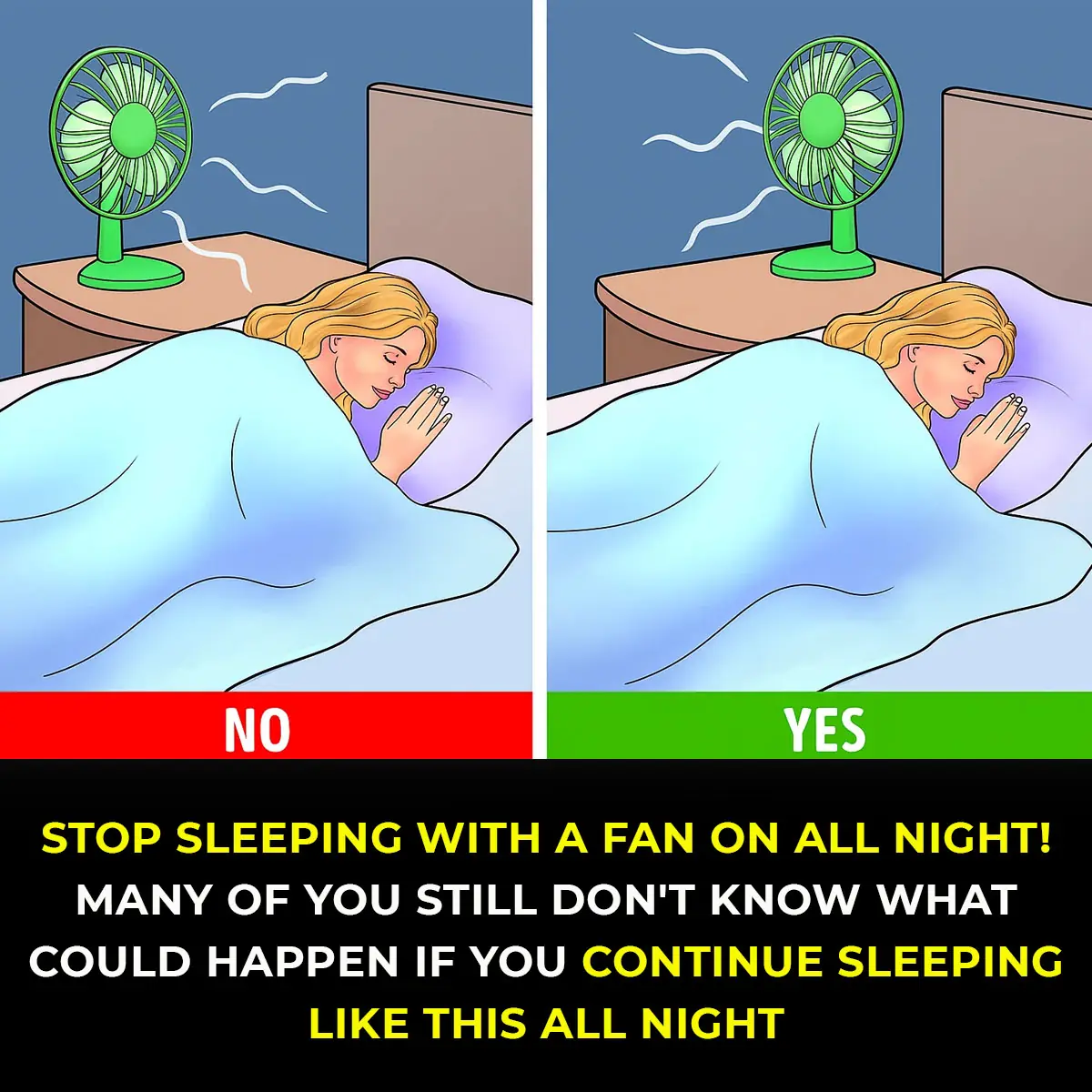
6 Health Benefits of Sleeping In a Cold Room and How to Make it Cooler- And Why You May Not Want to Use a Fan
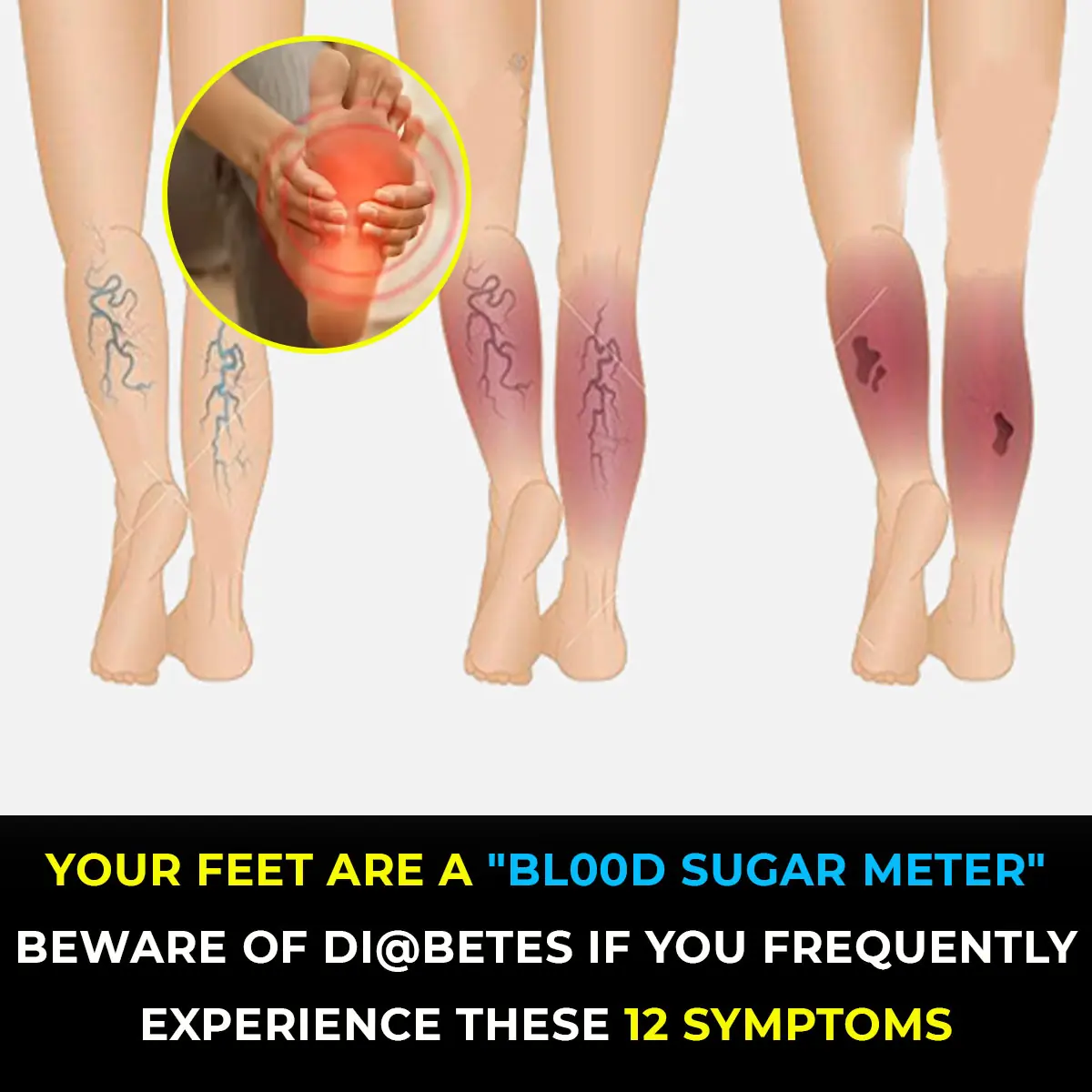
10 Symptoms of Diabetes That May Show Up In Your Feet

This is what sleeping on the left side does for our brain, stomach & glymphatic health

12 Best Foods To Support Digestive and Gut Health
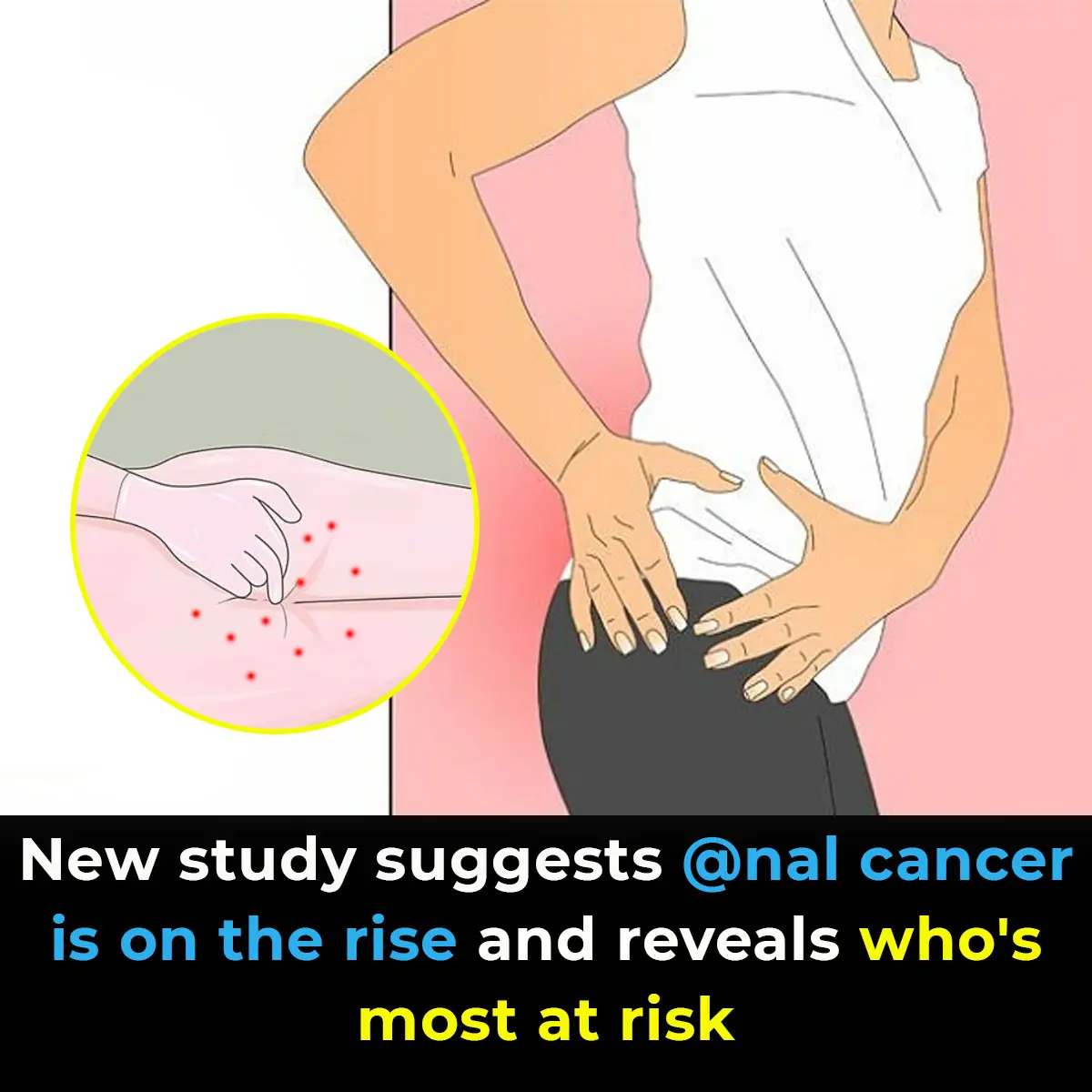
Study suggests anal cancer is on the rise and reveals who’s most at risk

Wife Complains of a Headache, Sleeps, and Dies Without Husband Knowing: This Type of Headache Requires Immediate Hospitalization!
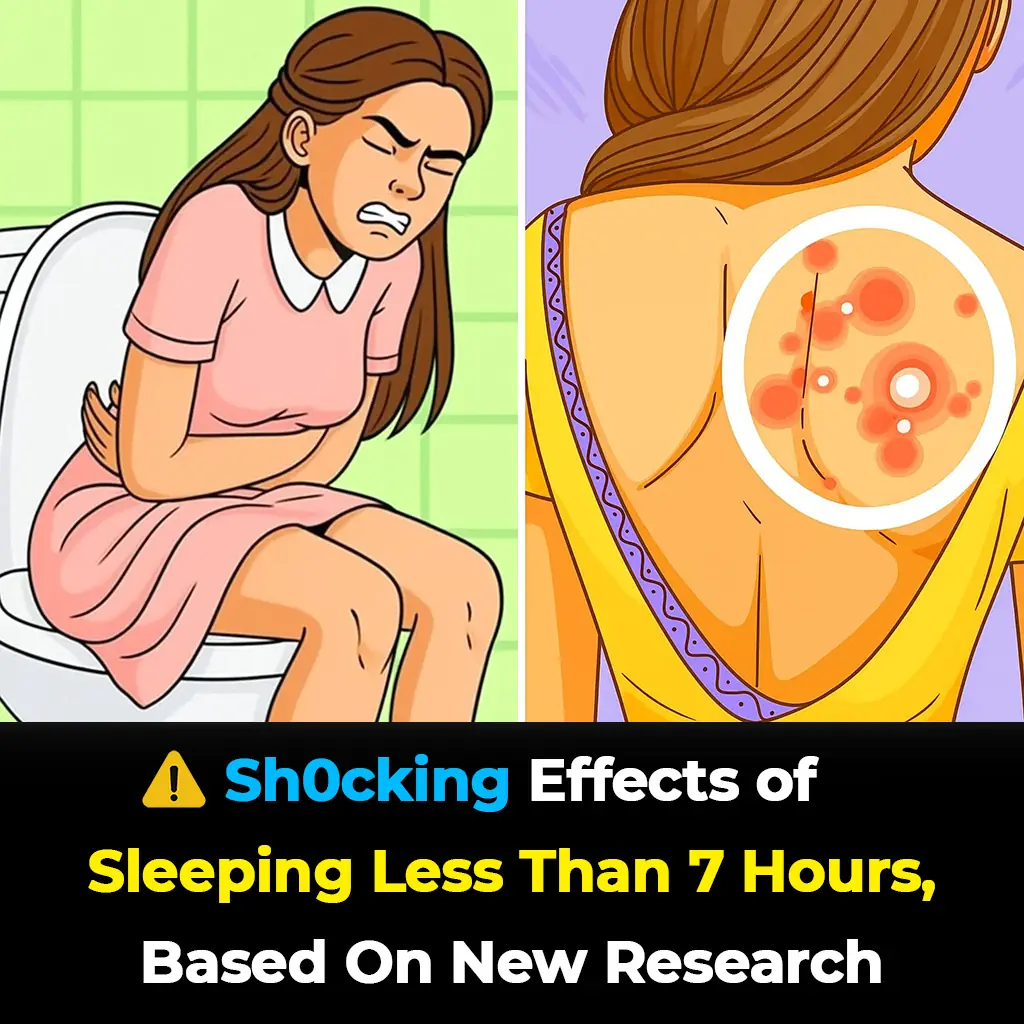
Shocking Effects of Sleeping Less Than 7 Hours — What Really Happens to Your Body
Getting less than seven hours of sleep might feel harmless, but science shows it can quietly damage your body in ways you don’t expect. From hormonal imbalances to skin problems and even digestive issues, sleep deprivation affects far more than just you

Doctors Explain Why You Should Never Hold Back a Fart
On average, every person passes gas 14 to 23 times per day—it’s a natural part of being human and actually shows that your digestive system is functioning properly.

Scientists Invent Smart Tooth That Grows Into Your Gums And Connects To Nerves Like the Real Thing

Scientists Say This New Stem Cell Treatment Could End Type 1 Diabetes for Good
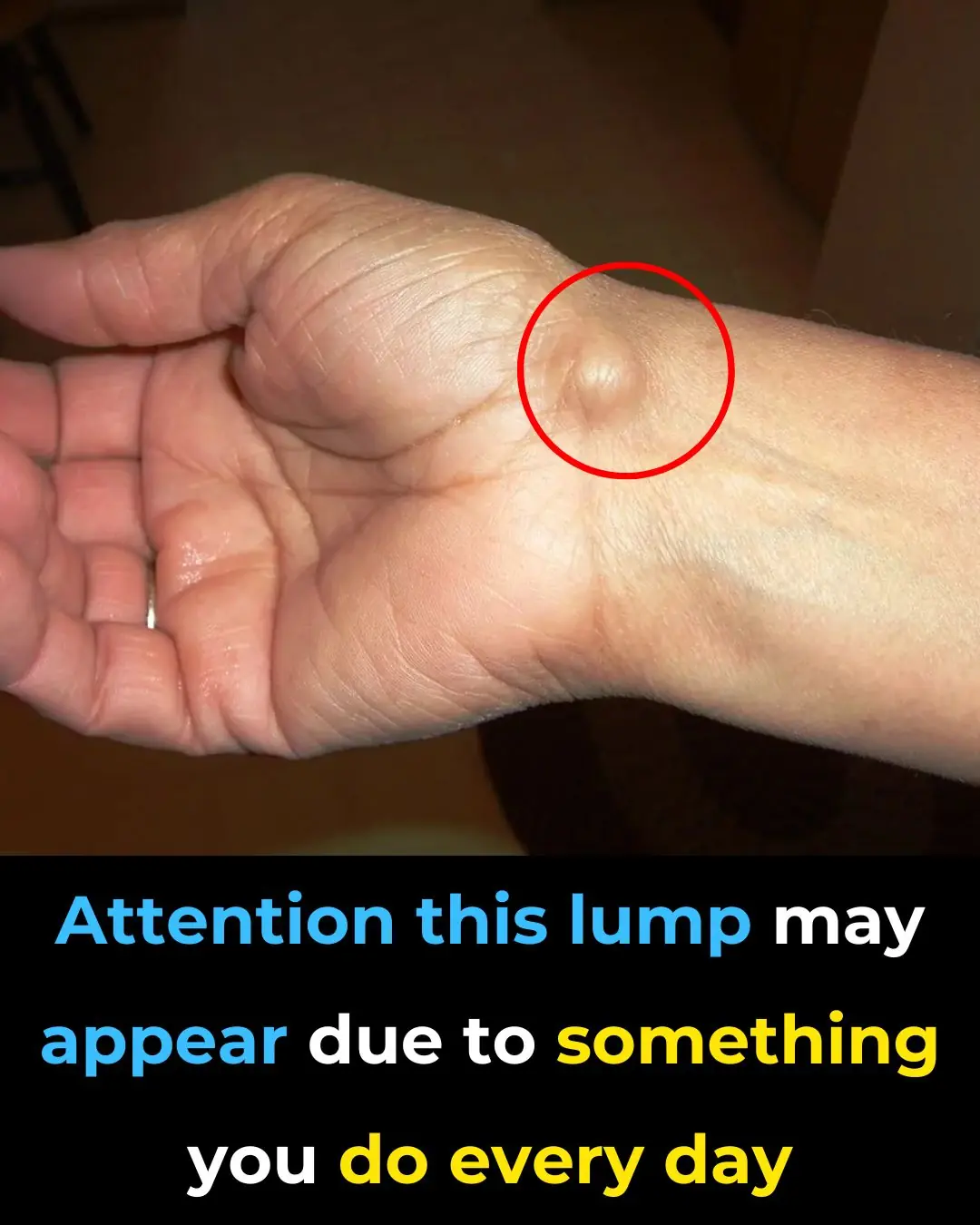
Everyday Habits That Can Cause a This Issue To Your Hands

My Nana’s Homemade Cure for Stubborn Throat Mucus That Works Every Time

Doctors Are Shocked by What Happens When You Eat Chia Seeds First Thing in the Morning
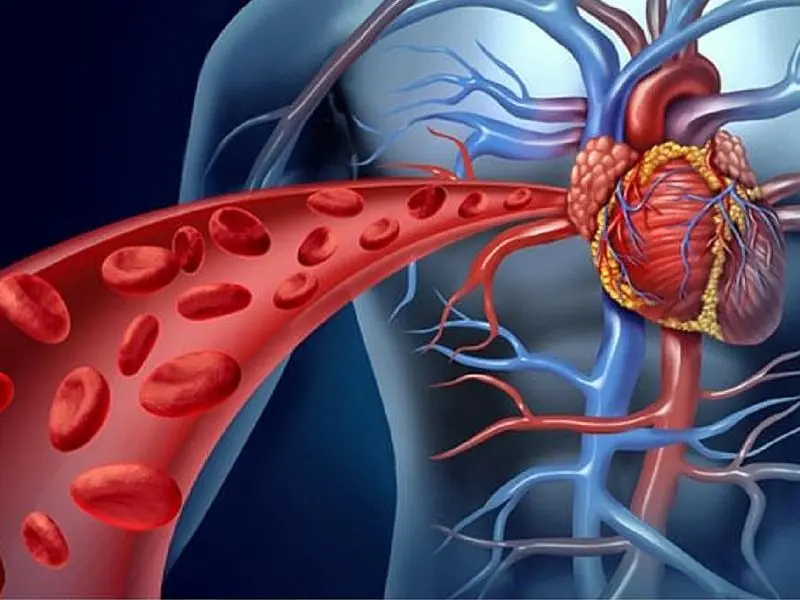
Warning Signs of Poor Blood Circulation That Are Easy to Ignore
News Post

Menopause Symptoms That May Surprise You

10 Healthy Sandwich Dos and Don’ts

Never Ever Say These 4 Things at a Funeral — No Matter the Situation
When it comes to funerals and expressions of sympathy, your words don’t need to be profound or poetic.

🥥 15 Compelling Reasons to Include Coconut Water in Your Daily Routine

🌿 30 Remarkable Benefits of Avocado Leaves
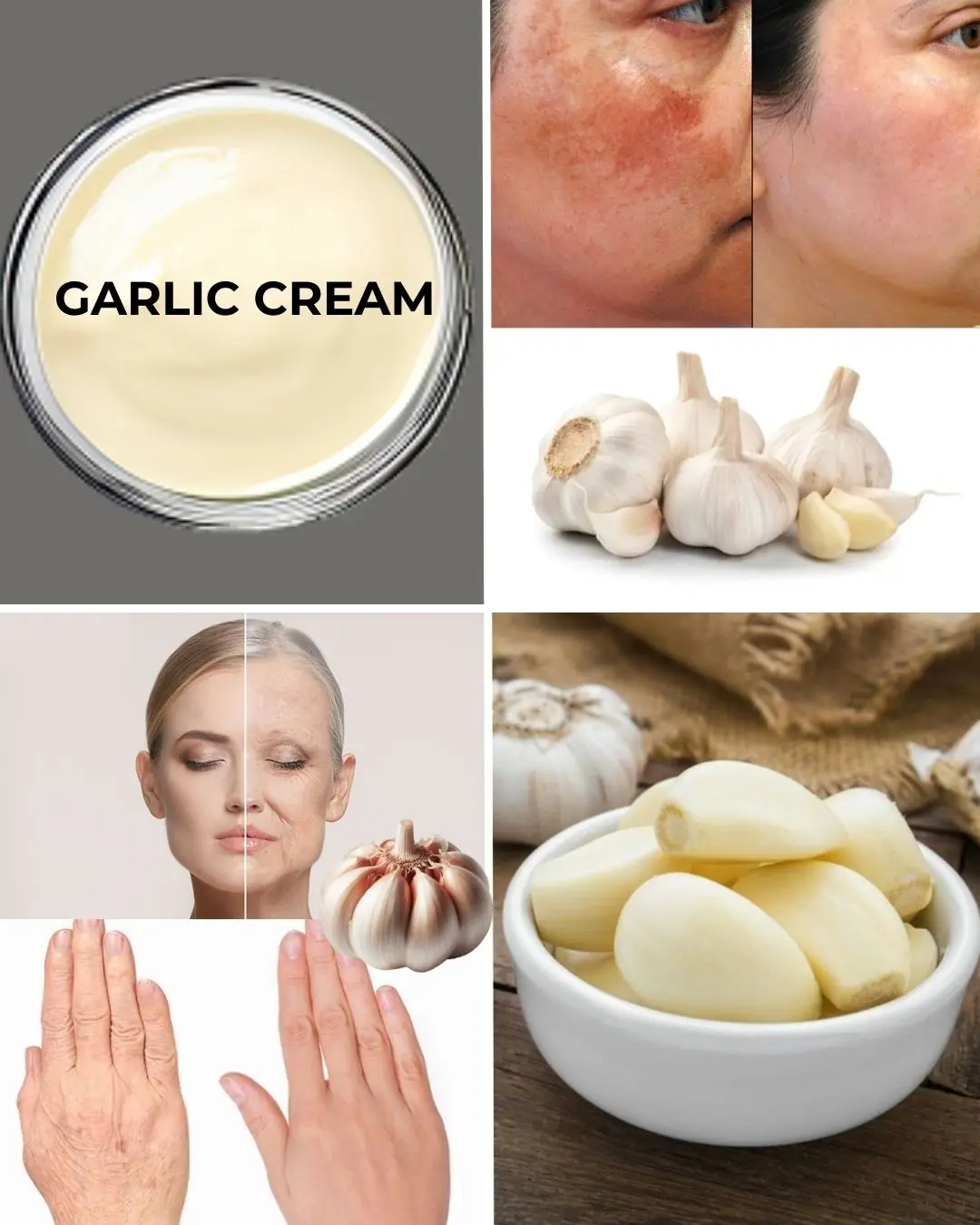
🌿 Natural Collagen Boost: Garlic Remedy for Smoother Skin
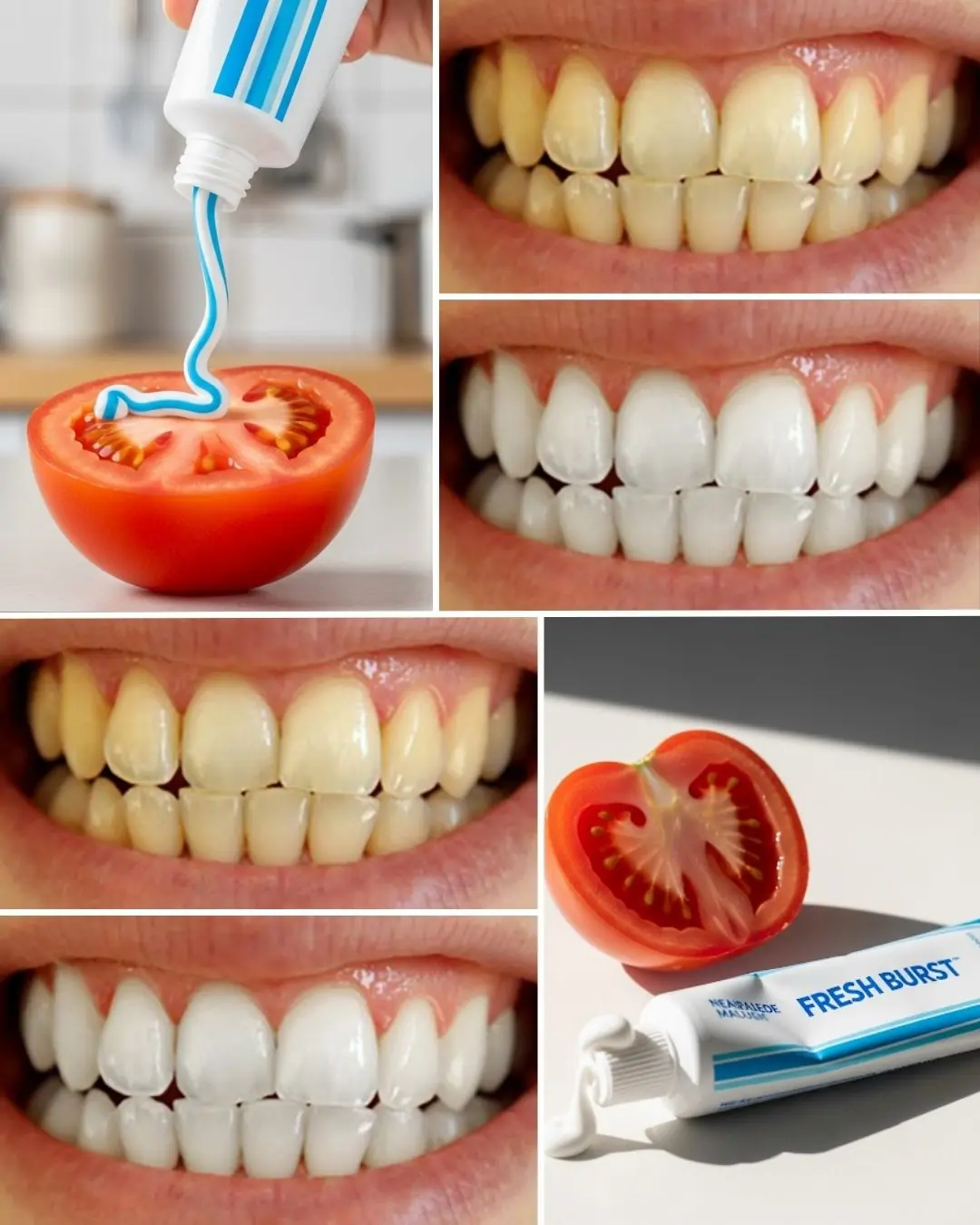
✨ Brighten Your Smile Naturally: A Simple DIY Teeth Whitening Remedy
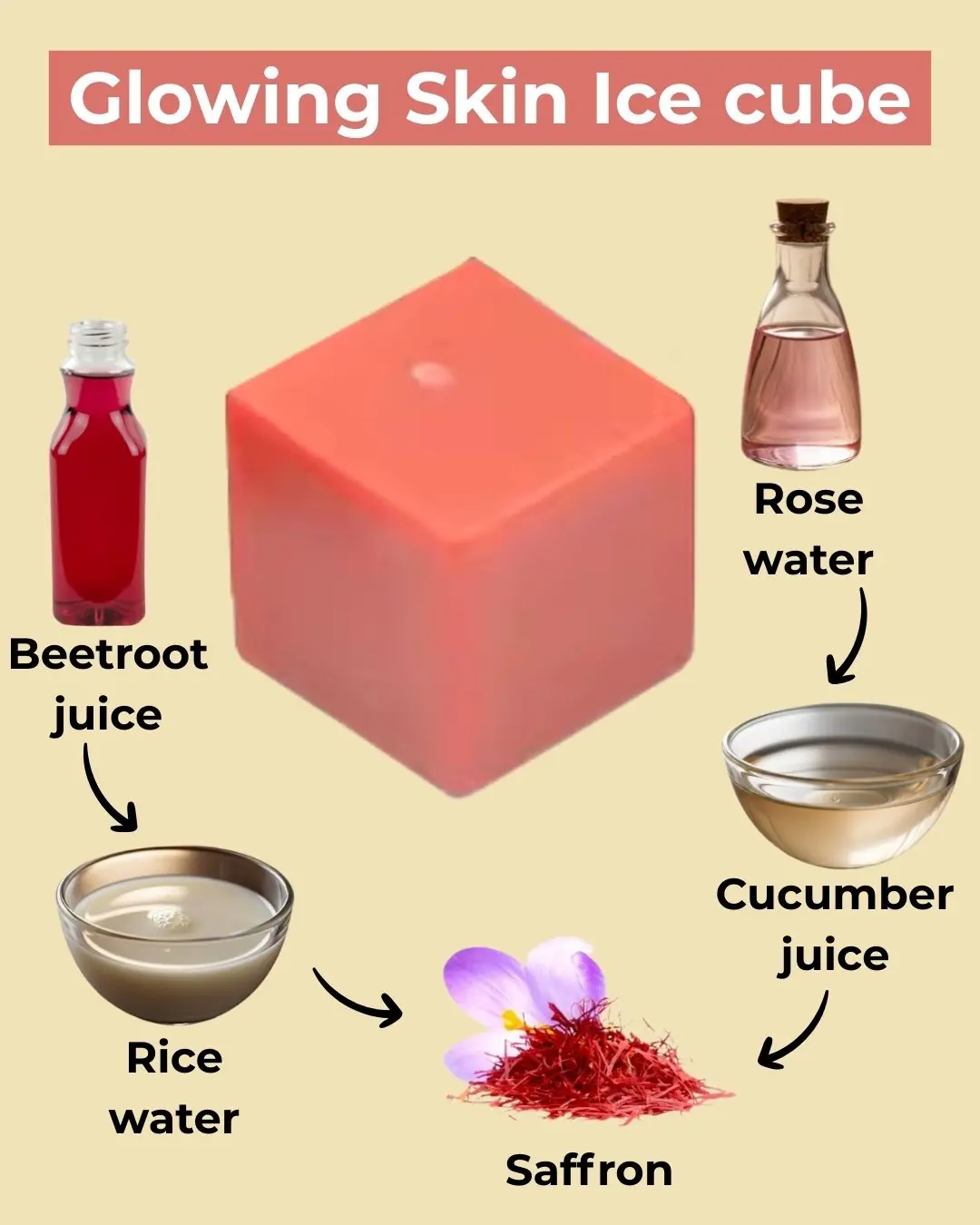
🌟 DIY Collagen Ice Cubes for Radiant Skin

🌿 3 Natural Home Remedies to Remove Skin Tags Safely

Medicinal Health Benefits of Garlic (Raw, Supplement) – Science Based

Why You Should Wash Your Face With Apple Cider Vinegar

If Your Feet Swell It Is a Clear Sign

6 Health Benefits of Sleeping In a Cold Room and How to Make it Cooler- And Why You May Not Want to Use a Fan

The Hidden Meaning Behind Leg-crossing — It’s More Than Just Comfort

10 Symptoms of Diabetes That May Show Up In Your Feet
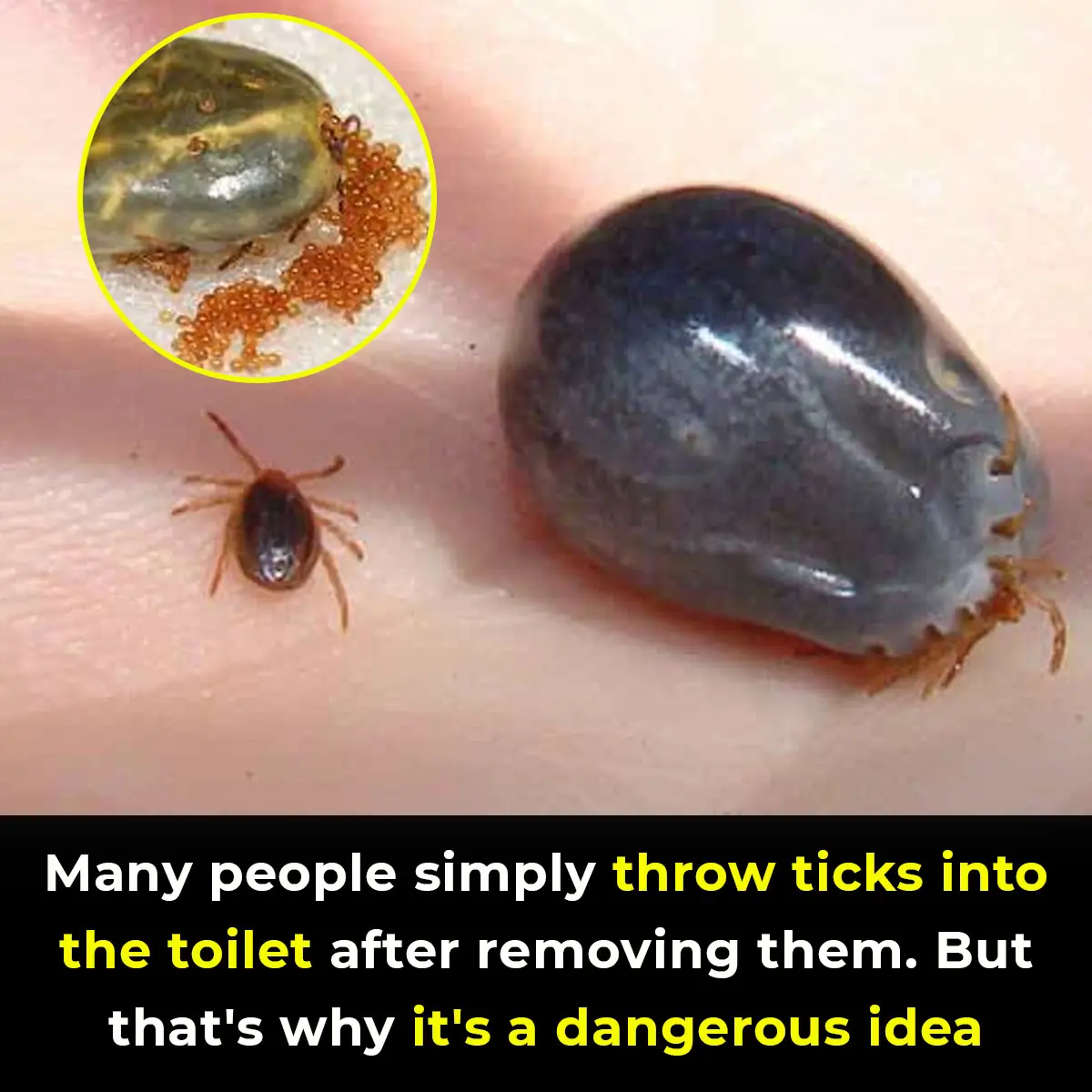
How To Properly Dispose of Ticks

This is what sleeping on the left side does for our brain, stomach & glymphatic health

12 Best Foods To Support Digestive and Gut Health
